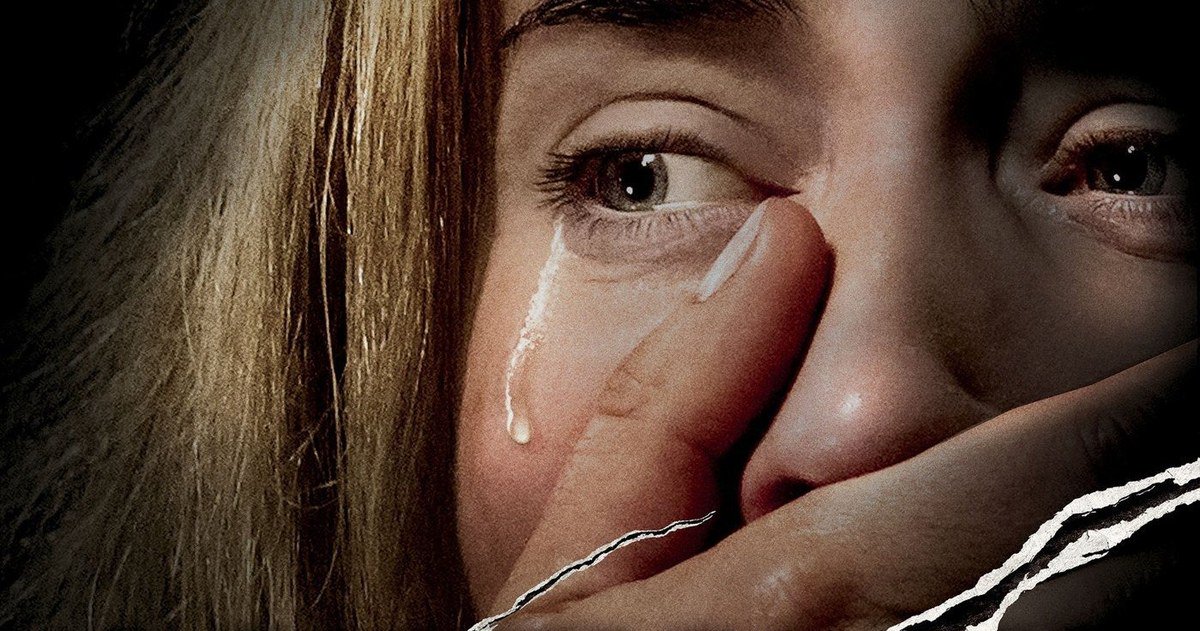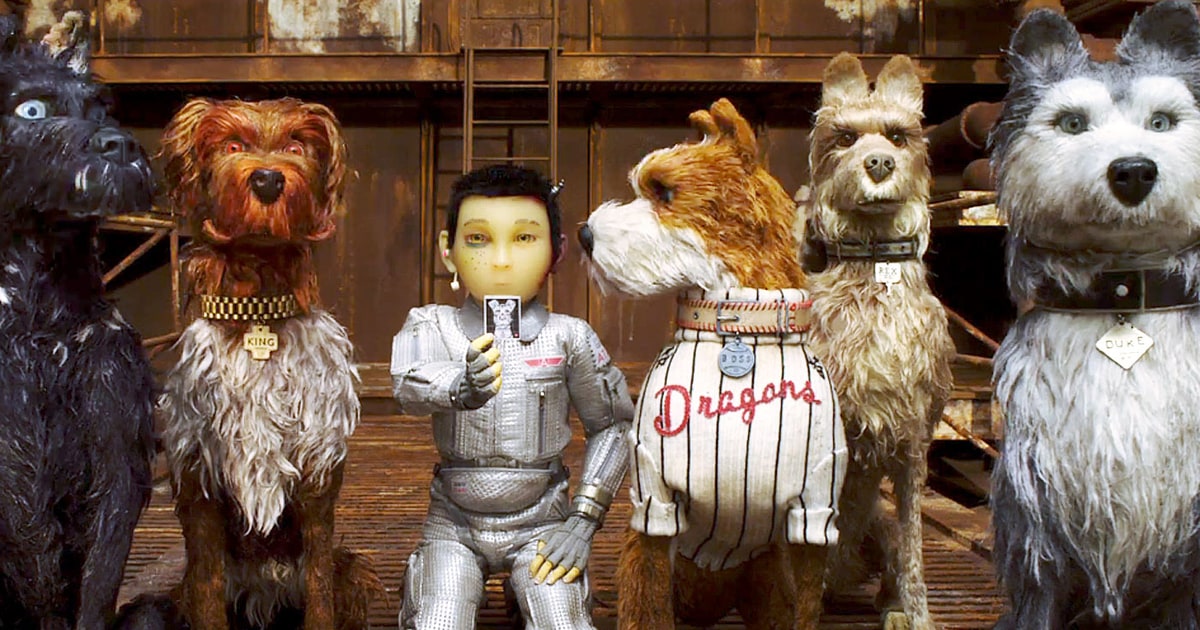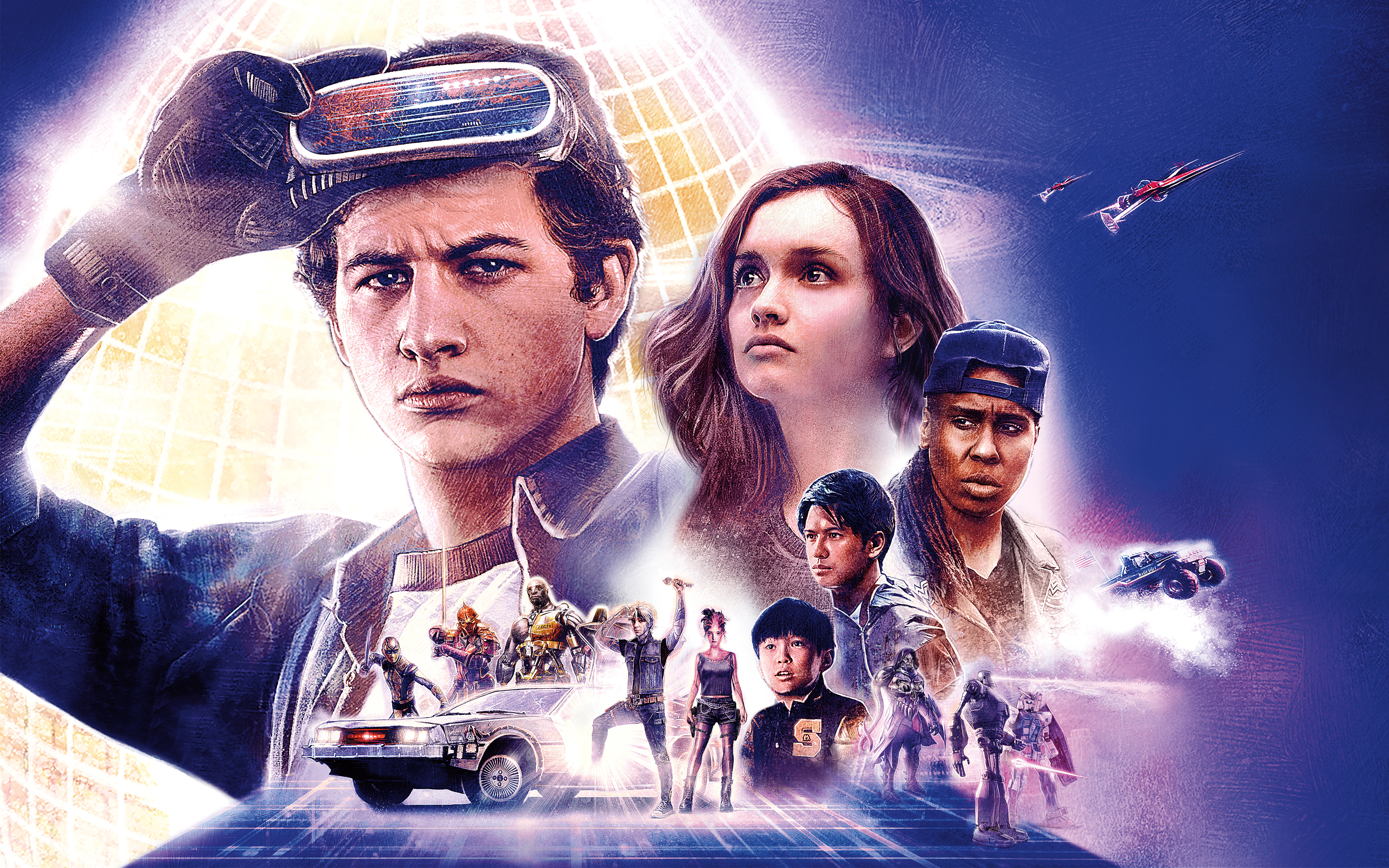A Quiet Place
by Hope Madden
Damn.
So, John Krasinski. That big, tall guy, kind of doughy faced? Married to Emily Blunt? Dude can direct the shit out of a horror movie.
Krasinski co-writes, directs and stars in the smart, nerve-wracking gut-punch of a monster flick, A Quiet Place.
Krasinski plays the patriarch of a close-knit family trying to survive the post-alien-invasion apocalypse by staying really, really quiet. The beasts use sound to hunt, but the family is prepared. They already know sign language because their oldest, played by Millicent Simmonds (Wondertruck) is deaf.
A blessing and a curse, that, since she can’t tell if she makes noise, nor can she tell if a creature comes calling.
Simmonds is wonderful as the conflicted adolescent, her authenticity matched by the tender, terrified performance given by Noah Jupe (Wonder) playing her younger brother.
As their expecting mother, Emily Blunt is magnificent, as is her way. Simultaneously fierce and vulnerable, she’s the family’s center of gravity and the heart of husband (onscreen and off) Krasinski’s film.
But you expect that from Emily Blunt. She’s amazing.
What you may not expect is Krasinski’s masterful direction: where and when the camera lingers or cuts away, how often and how much he shows the monsters, when he decides the silence will generate the most dread and when he chooses to let Marco Beltrami’s ominous score do that work for him.
The script, penned by Krasinski with horror veterans Bryan Woods and Scott Beck, stays one step ahead of your complaints. Just as you think, “Why haven’t they done this?” a clear explanation floats across the screen, either as translated sign language, a prop on a table or a headline in Dad’s gadget-laden basement bunker.
It’s smart in the way it’s written, sly in its direction and spot-on in its ability to pile on the mayhem in the final reel without feeling gimmicky or silly.
And the monsters are kick ass. That’s a big deal.
At its heart lies a sweet sentiment about family, but sentiment does not get in the way of scares. A Quiet Place works your nerves like few films can.









